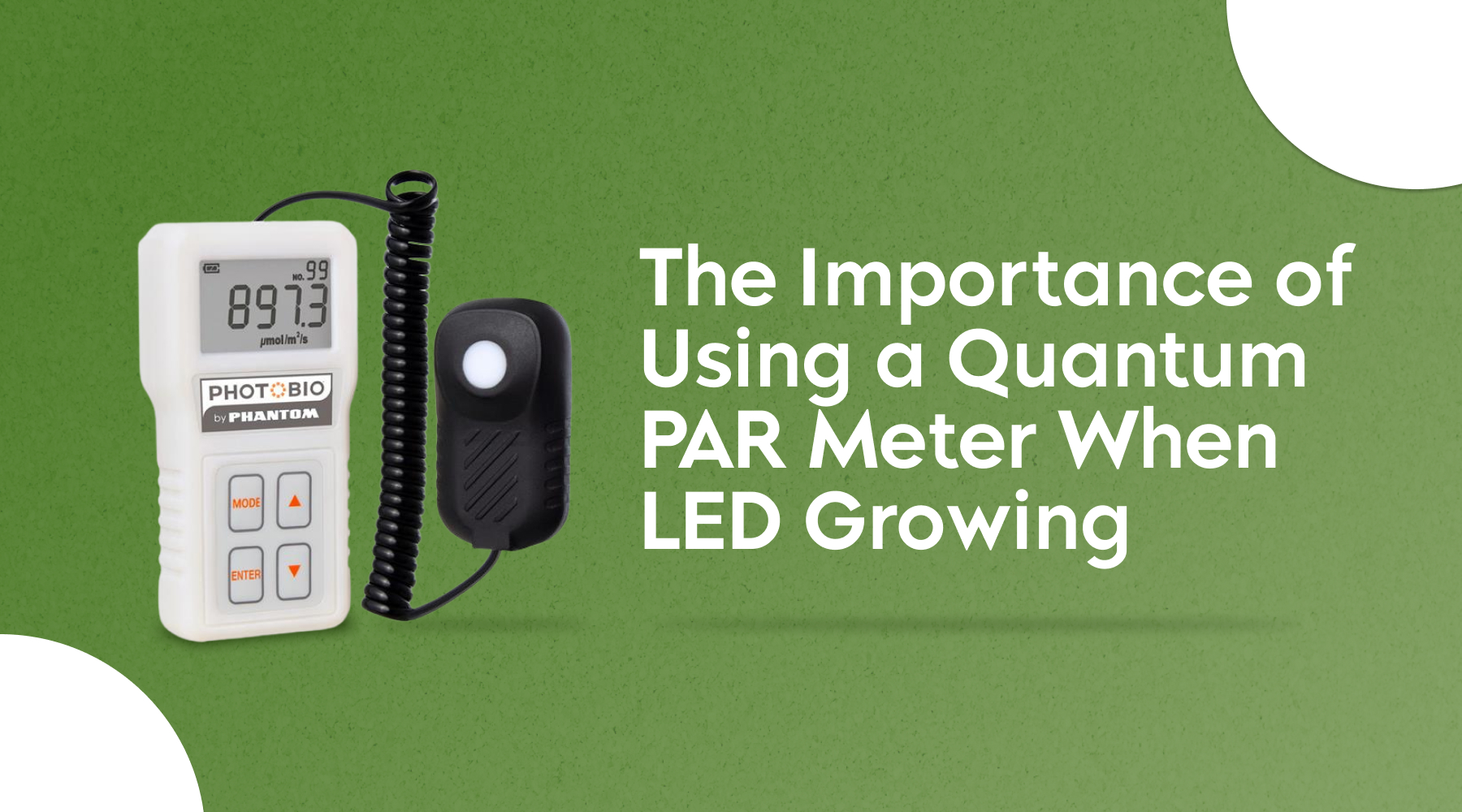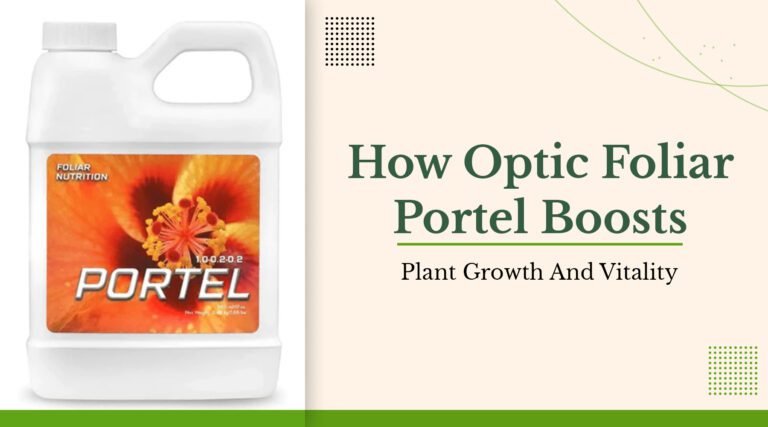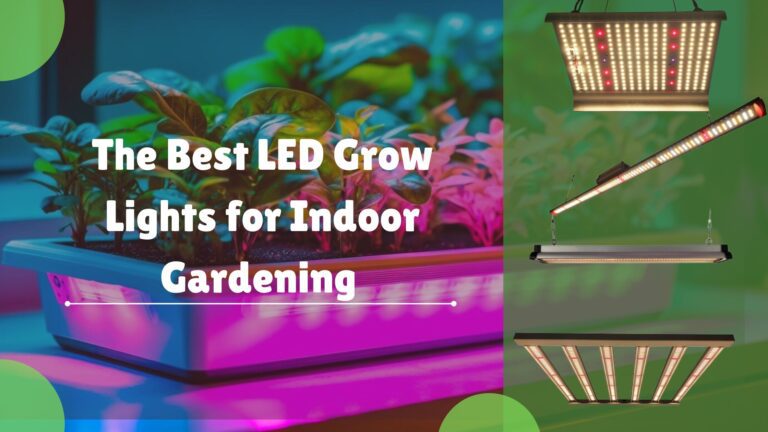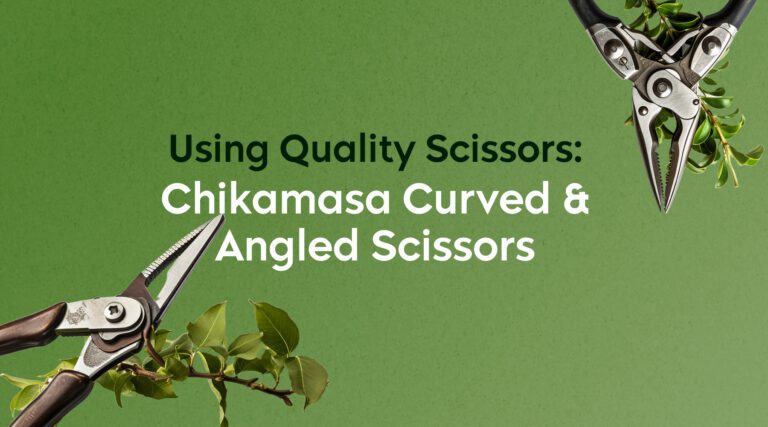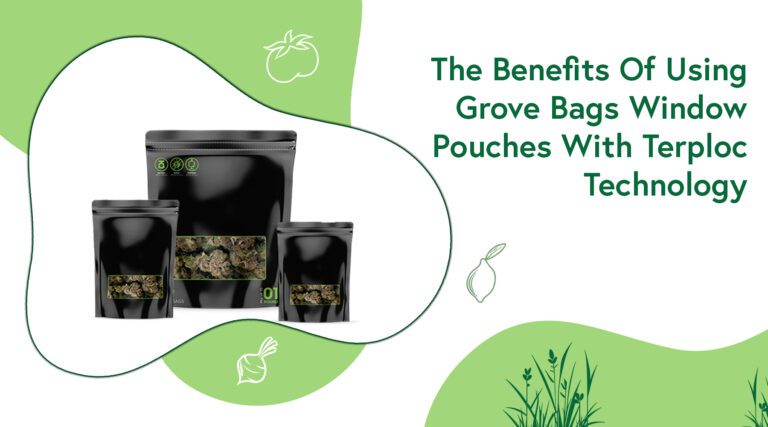The Importance of Using a Quantum PAR Meter When LED Growing
Growing plants under LED lights requires precise control of light quality and intensity. A key tool in achieving this control is the Quantum PAR meter. This device is essential for understanding and optimizing plant growth under artificial lighting.
In this blog, we’ll explore what a Quantum PAR meter is, how it works, and why it is indispensable for LED growth.
What is a Quantum PAR Meter?
A Quantum PAR meter is an instrument designed to measure the Photosynthetically Active Radiation (PAR) in a given light source. PAR refers to the range of light wavelengths from 400 to 700 nanometers that plants use for photosynthesis. Unlike standard light meters, Quantum PAR meters specifically measure the light that plants need to grow, providing a more accurate representation of the light environment in a grow room.
Understanding PAR
Photosynthetically Active Radiation (PAR) is critical for plant growth. It encompasses the light spectrum that plants use to perform photosynthesis, the process by which they convert light energy into chemical energy. Traditional light meters measure lumens, which gauge light as perceived by the human eye, but they don’t accurately reflect the quality of light for plants. PAR meters, on the other hand, provide readings in micromoles per square meter per second (µmol/m²/s), directly indicating the light available for photosynthesis.
How a Quantum PAR Meter Works
A Quantum PAR meter uses sensors to detect light within the 400-700 nm range. These sensors are calibrated to measure the intensity of light in terms of PAR. The meter then displays this information, allowing growers to understand how much useful light their plants are receiving. This is especially important when using LED lights, as their light spectrum and intensity can vary significantly.
Why Use a Quantum PAR Meter with LED Lights?
Accurate Light Measurement
LED lights are designed to provide specific light spectra tailored for plant growth. However, without precise measurement, it’s challenging to know if your plants are receiving the optimal amount of light. A Quantum PAR meter gives accurate readings of the PAR levels, ensuring that your plants get the right amount of light for healthy growth.
Optimizing Plant Growth
Plants have different light requirements at various stages of growth. Seedlings need less light compared to mature plants. By using a Quantum PAR meter, growers can adjust their LED lights to provide the appropriate light levels for each growth stage, optimizing photosynthesis and promoting robust growth.
Avoiding Light Stress
Too much or too little light can stress plants, leading to poor growth and reduced yields. A Quantum PAR meter helps in monitoring and adjusting light levels to avoid stress conditions. This ensures that plants grow in an optimal environment, reducing the risk of light-related issues.
Enhancing Light Efficiency
LED lights are energy-efficient, but their efficiency can be maximized with proper monitoring. Using a Quantum PAR meter allows growers to fine-tune their lighting setup, ensuring that every watt of energy is used effectively. This not only promotes better plant growth but also saves on energy costs.
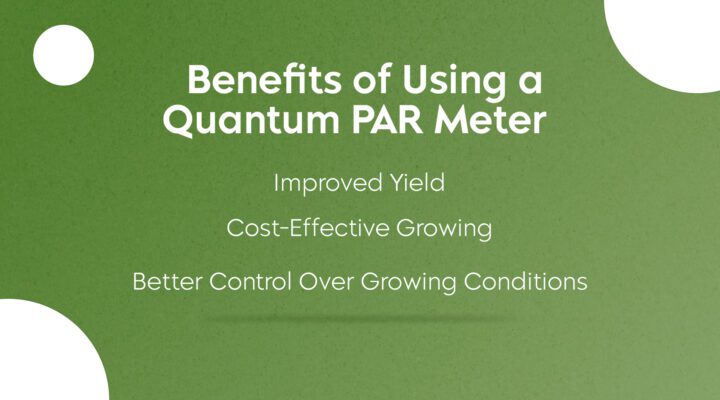
Benefits of Using a Quantum PAR Meter
Improved Yield
Accurate light measurement and optimal light management lead to healthier plants and higher yields. A Quantum PAR meter enables growers to provide the perfect light conditions, resulting in more robust plants and better harvests.
Cost-Effective Growing
By ensuring that plants receive the right amount of light, growers can avoid wasting energy on excessive lighting. This makes the growing process more cost-effective, as energy usage is optimized. Additionally, healthy plants are less likely to suffer from diseases and stress, reducing the need for additional resources.
Better Control Over Growing Conditions
A Quantum PAR meter provides growers detailed information about their light environment, allowing for precise control over growing conditions. This level of control helps in creating a stable and optimal environment for plant growth, leading to consistent and reliable results.
Using a Quantum PAR meter is essential for anyone serious about LED growing. It provides accurate light measurements, optimizes plant growth, avoids light stress, and enhances light efficiency. The benefits include improved yield, cost-effective growing, and better control over growing conditions. For high-quality grow equipment, including Quantum PAR meters, visit Jon’s Plant Factory. Lift your growing game with the right tools and knowledge to ensure your plants thrive.
FAQs
1- What is the ideal PAR level for my plants?
The ideal PAR level varies by plant type and growth stage. Generally, 200-400 µmol/m²/s is good for seedlings, 400-600 µmol/m²/s for vegetative growth, and 600-900 µmol/m²/s for flowering.
2- Can I use a regular light meter instead of a Quantum PAR meter?
No, regular light meters measure light as perceived by the human eye, not the specific wavelengths used in photosynthesis. A Quantum PAR meter accurately measures the light plants need.
3- How often should I check the PAR levels in my grow tent?
It’s recommended to check PAR levels regularly, at least once a week, or whenever you adjust your lighting setup to ensure optimal conditions.

